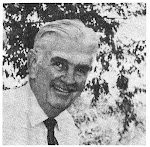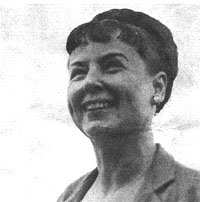
This
post should probably be headlined “Found Art, Part Two.” A very thoughtful note from loyal reader Lisa in November 2015 revived a
magazine cover Holling painted for Successful
Farming magazine in 1932.
The editors of Country Life invite readers to “Step back in time and see Thanksgiving through the eyes of subscribers to our sister publication, Successful Farming, with these classic covers from the early 1900s.”
Sorry this post is a bit late for Thanksgiving. Holling’s delightful wildlife scene can be viewed at http://www.livingthecountrylife.com/animals/chickens-poultry/classic-thanksgiving-covers. This cover is number 11 in the slide show.
Like many artists beginning to establish themselves—and later to bring in money—Holling was also a commercial illustrator. Among his contributions were magazine covers for Junior Home (March 1928- Aug. 1929), Child Life (Sept. 1932-1933), American Junior Red Cross News (various from 1952-1960), and American History Illustrated (Nov. 1974, “Climax of the Whale Hunt” from Seabird).
He was an innovative artist, and produced cutouts and dioramas for children, many sponsored by Quaker Oats and Colgate-Palmolive Peet. And then there were a few murals and a series of postcards, produced in collaboration with his wife Lucille, featuring the art of Southwest native Americans.








